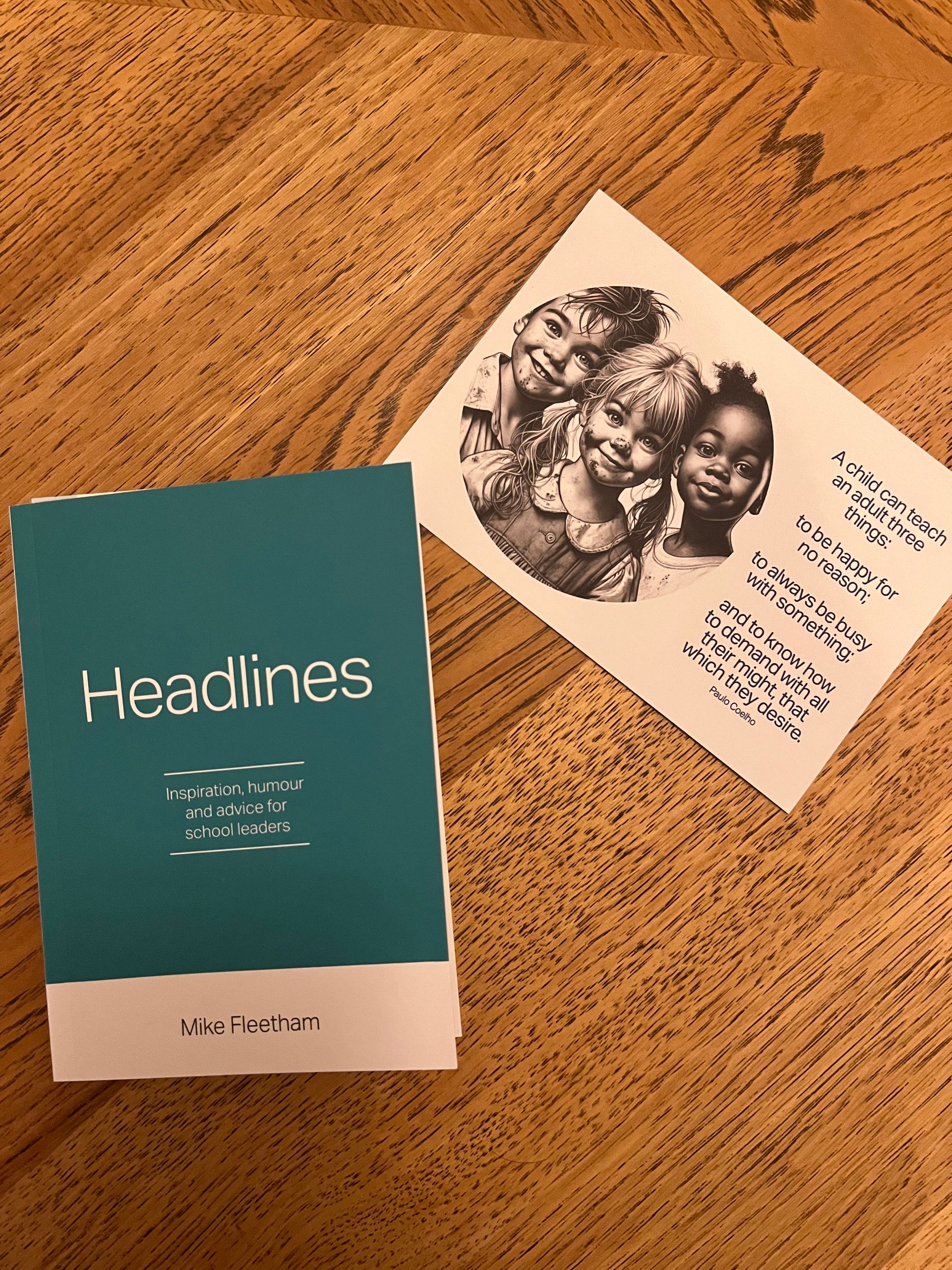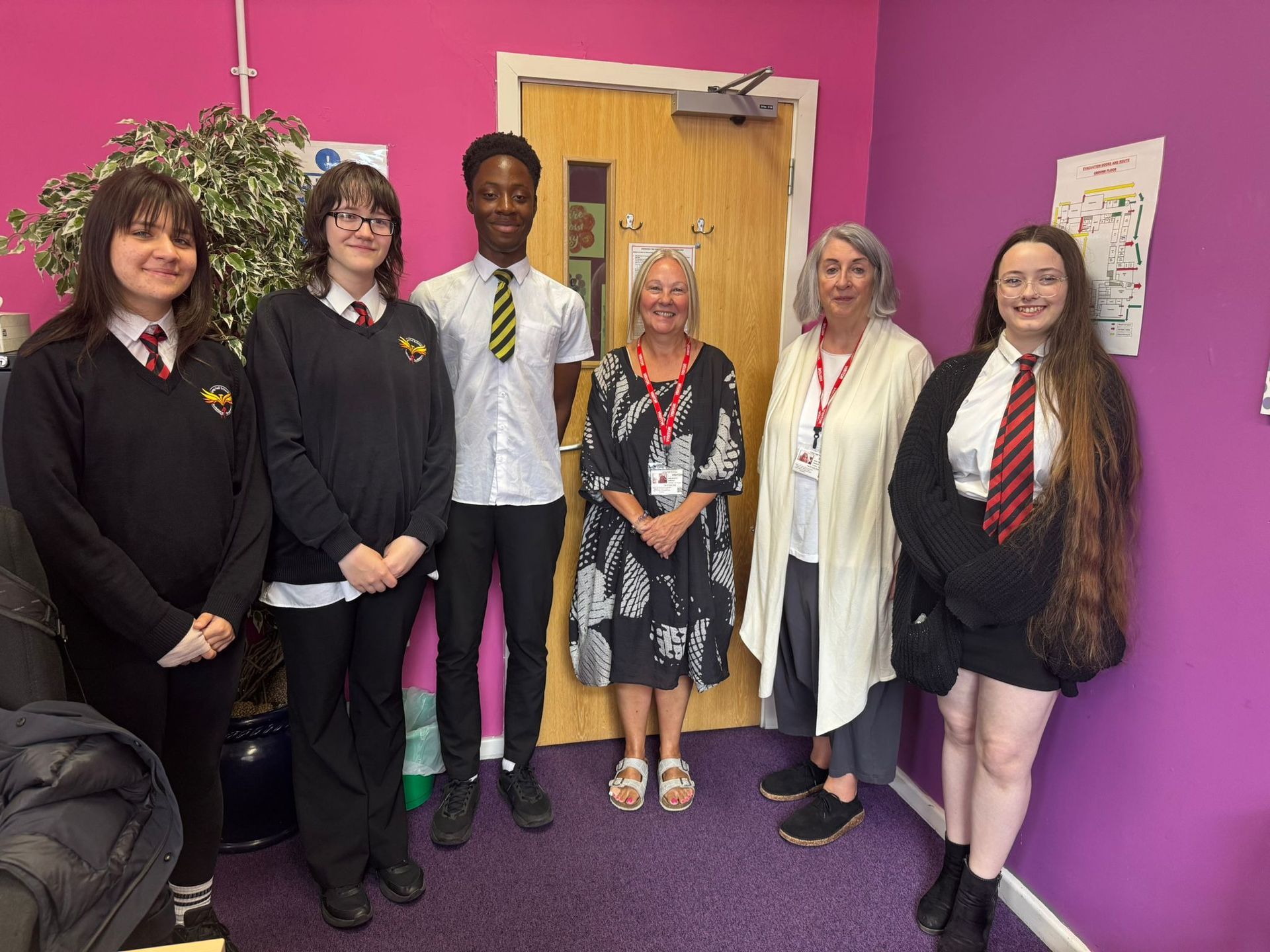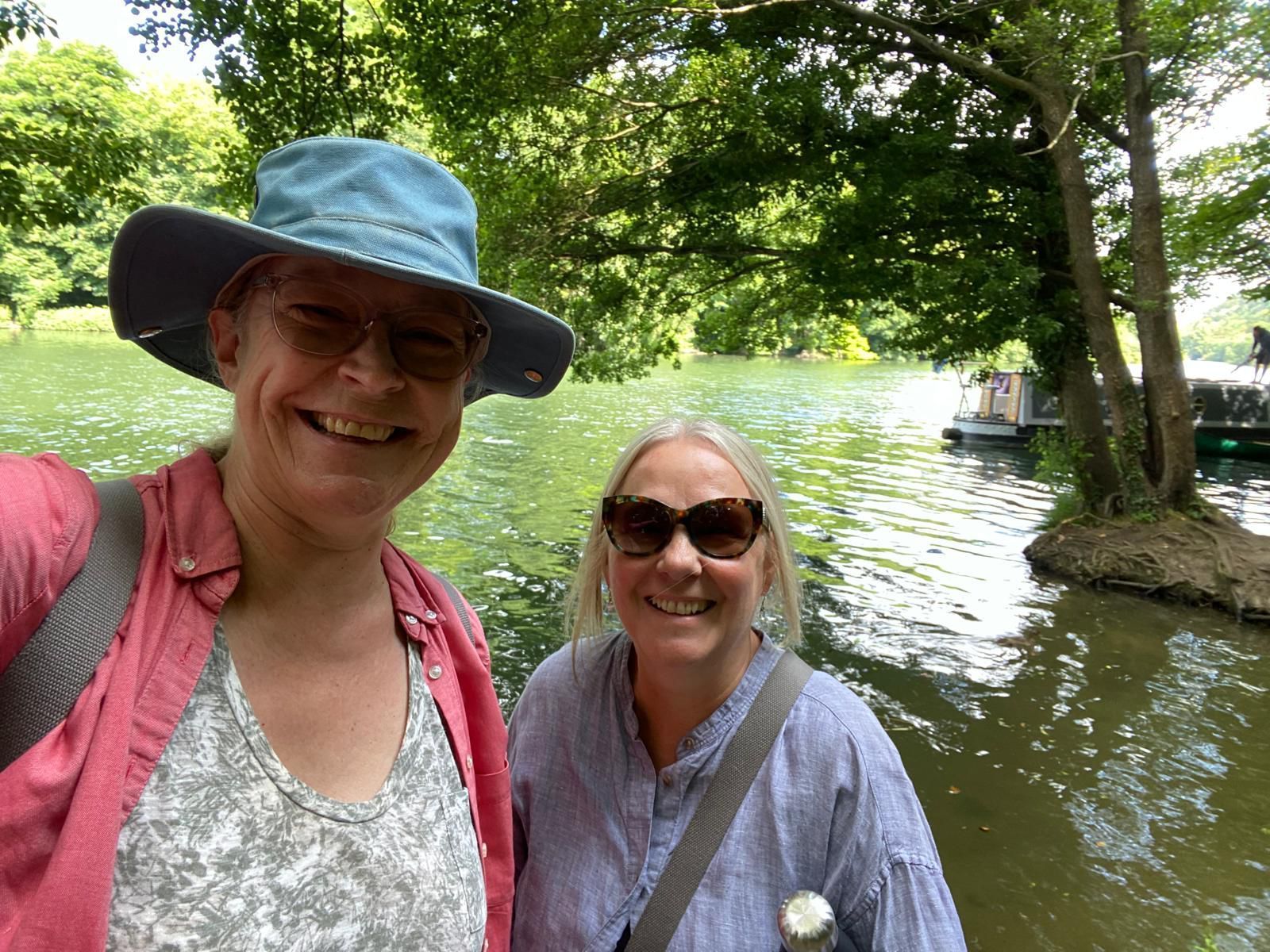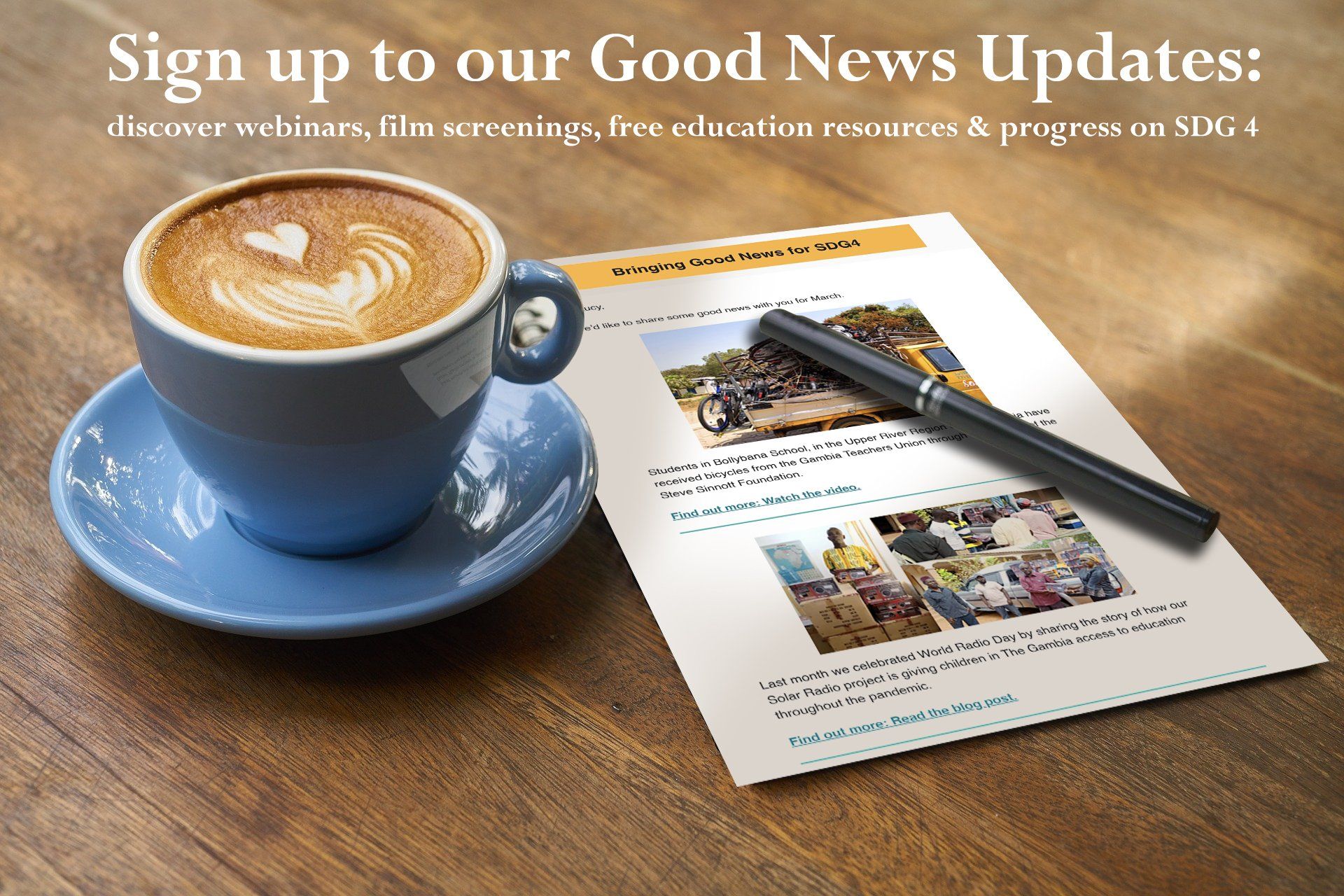Gender equality is an international human right – but is it a reality? UN Women was founded in 2010 to accelerate progress in achieving international gender equality. Their key goals are empowering women, reducing economic and political disparities and reducing violence against women and girls.1 But the organisation’s findings are stark. Globally, women earn 20% less than men; only 25% of all national parliamentarians are female; and at least 35% of women have experienced physical and/or sexual violence.(1) Reading these statistics prompted me to reflect on what it’s like to be a woman at this moment in time.
At this moment in time, Barbie the movie(2) has just been released to (mostly) critical acclaim across Europe and the US. It is promoted as a movie about a living doll that suffers an existential crisis, exploring matters of life and death, relationships, feminism and patriarchy through glorious – mostly pink – technicolour, sunshine, song and dance. Sounds like harmless fun and potentially a commendable way to provoke conversations about gender equality, right? Not everyone agrees. Barbie has been banned in several countries for reasons including: the promotion of feminist ideologies that demean men (Saudi Arabia), objectionable LGBTQ+ content (Pakistan), promoting homosexuality, sexual deviance and transsexuality (Lebanon) violating Islamic values (UAE), damaging moral standards (Algeria) and inaccurate portrayal of geographical maritime borders (Vietnam).(3) So, not fun, not harmless and not commendable.
According to Greta Gerwig, the movie’s director, young girls are funny, brash, confident and play with Barbies, and then they suddenly abandon their confidence along with their dolls.(4) Anyone who has been [or seen] a girl maturing into a young woman knows this is a stereotypical and reductionist description of development. I wonder how valuable Barbie – the doll – is as a ‘source of enrichment’ and as a model of womanhood, when she is eternally adolescent, has unrealistic (and potentially unhealthy) proportions, is sexless, and can seemingly turn her hand to any number of careers at the flick of a debit card, no training required.
Barbie is a toy, not a human, and for me the blurring of this boundary blurs the line between fantasy and reality. This can be harmful when the target demographic of Barbie the movie is young women and girls, in particular (the movie is rated PG13). Barbie is a brand, and, at this moment in time, the Western world is in the clutches of Barbie-mania, or, as publicists would have it, ‘Barbie-core’. This is also aimed at women and girls who are being enticed to buy into the fantasy with Barbie shoes, Barbie clothes, Barbie sportswear, Barbie haircare, Barbie toiletries, Barbie jewellery, Barbie sex toys, Barbie home accessories and even Barbie snacks.
We are also being bombarded with yet more unrealistic, reductionist, stereotypical, culturally biased images of what a woman looks like in the form of Margot Robbie, the white, blond-haired, blue-eyed actress who plays the leading role. She has model proportions – reportedly 34–24–34 – and a ‘snatched’ jawline – reportedly the ‘perfect’ 125 degrees. Most women and girls do not and cannot match these statistics, but many will try, through restricted eating, skin lightening, hair bleaching or surgery. And when they still don’t ‘measure up’, their confidence will plummet.
I have read that Barbie is a ‘commentary on what it’s like to be a woman in the ‘real world’.(5) The reality is that at this moment in time women are still judged on their appearance and sexuality, are still the victims of economic and political disparities, are still likely to experience cultural and age biases, and are still more likely than men to experience physical and sexual violence. I don’t think that Barbie is doing much to change that.
References:
- Gender Equality. www.un.org/en/global-issues/genderequality#:~:text=The%20United%20Nations%20and%20women&text=Among%20the%20purposes%20of%20the,%2C%20language%2C%20or%20religion (accessed August 2023).
- Barbie. www.imdb.com/title/tt1517268/ (accessed August 2023).
- Barbie: Which countries have banned the movie?https://uk.news.yahoo.com/barbiemoviebanlis100541130.htmguccounter=1&guce_referrer=aHR0cHM6Ly93d3cuZ29vZ2xlLmNvbS8&guce_referrer_sig=AQAAAHilWlmnpk_EFd6VZewfkHMvk6eyEZ5k4lexjW19kClehBfx4t85ceGK4-10zvbwzyQctqSiG-Ulkkv4aDuz6Dwh-MqHkmoUJ7C4OtEzLWaq-fIF8QPZ7pI5Ag7ZBbILrPBKSGr5S_NCMkhnbiy6l5VD4yDQlLzghgjDaZjhJWd-(accessed August 2023).
- Barbiemania! www.vogue.com/article/margot-robbie-barbiesummer-cover-2023-interview (accessed August 2023).
- Grazia View. Grazia. 8 August 2023.





